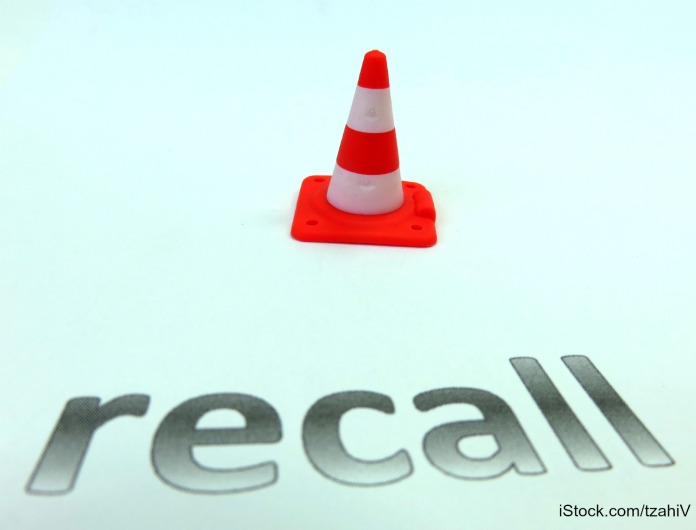The USDA and FDA have issued a report on food recall trends from 2004 to 2013. In it, they find that recalls increased significantly in that time period. The report, titled “Trends in Food Recalls: 2004-2013” was published in April 2018.

Between 2004 and 2008, food recalls in the United States averaged 304 a year. Between 2009 and 2013, the annual average increased to 676 recalls.
The volume of food sold in the United States during the latter time period partially explains the statistically significant increase, but other factors are involved too. During the 2009 to 2013 time frame, pathogen and risk detection technology improved substantially. In addition, regulatory oversight and enforcement increased. Finally, Congress passed the Food Safety Modernization Act and the Food Allergic Labeling and Consumer Protection Act.
Rapid detection methods have evolved to become more time efficient, effective, and sensitive. And fast food restaurants and grocery retailers are requiring food manufacturers to hire external auditors to assess their food safety practices.
Most of the recalls fell into six food categories: prepared foods and meals, nuts and seeds, baked goods, grains and grain products, candy products, and sauces condiments and dressings. The most common reason for the recall, except for nut products, was undeclared allergens.
The most common reason for nut recalls was possible Salmonella contamination. But that was an outlier: the 2009 recall of peanut butter that was linked to a massive outbreak skewed the results. The Peanut Corporation of America was tied to that outbreak, which sickened 714 people and caused 9 deaths in this country. In addition, the Salmonella outbreak in 2009 linked to recalled pistachios skewed the results. More than 100 secondary recalls were issued in that outbreak.
Researchers also analyzed recalls by the type of risk. Forty one percent of recalls were for pathogen contamination, and 27.4 percent were for undeclared allergens. The number of recalls for pathogen contamination did not increase significantly, but the number of recalls for food allergens almost doubled. FALCA’s passage most likely played a major role in that increase.
One interesting note is that 22.4% of all recalls were the result of an upstream ingredient being recalled first. The secondary recalls, as they are called, had significant affects on manufacturers.
The report concludes by stating that the upward trend in recalls “should not be interpreted to mean that foods are becoming riskier. Rather, an increasingly complex food supply system, technology improvements in health risk detection, increased regulatory oversight and enforcement, and the passing of two major food policy laws (FALCPA and FSMA) may have all contributed to the signi cant rise in food recalls.




